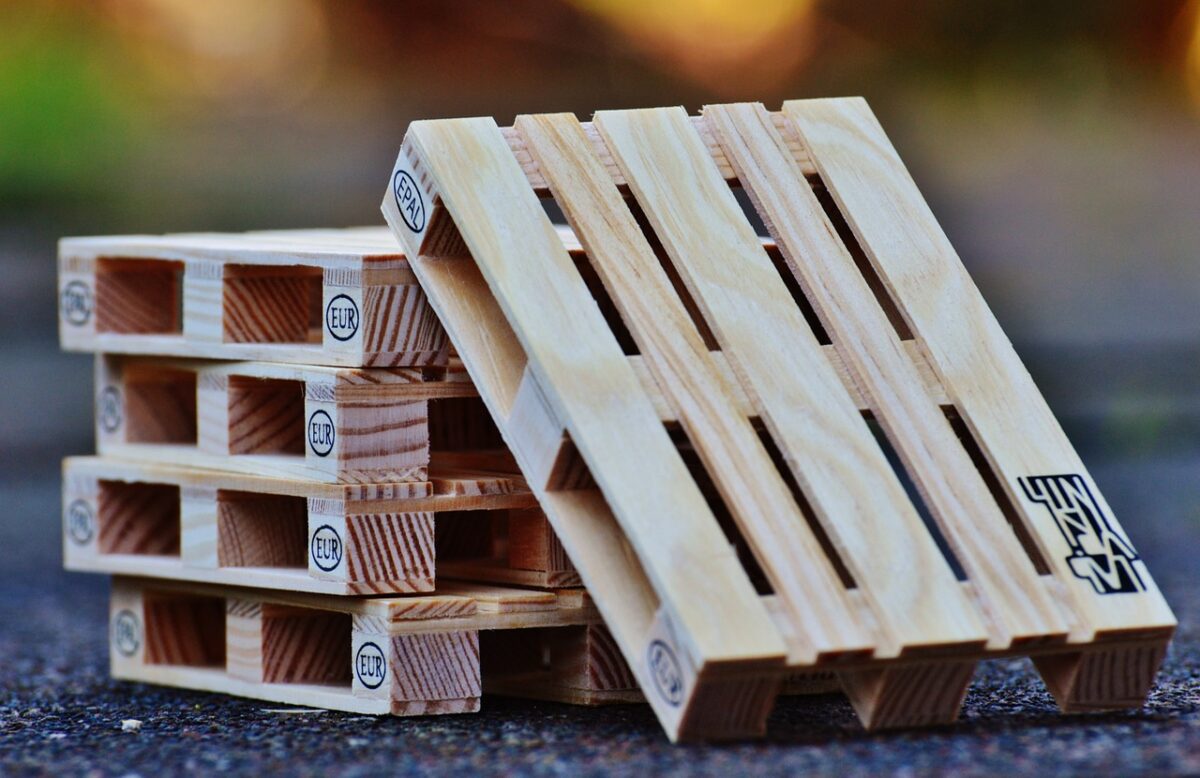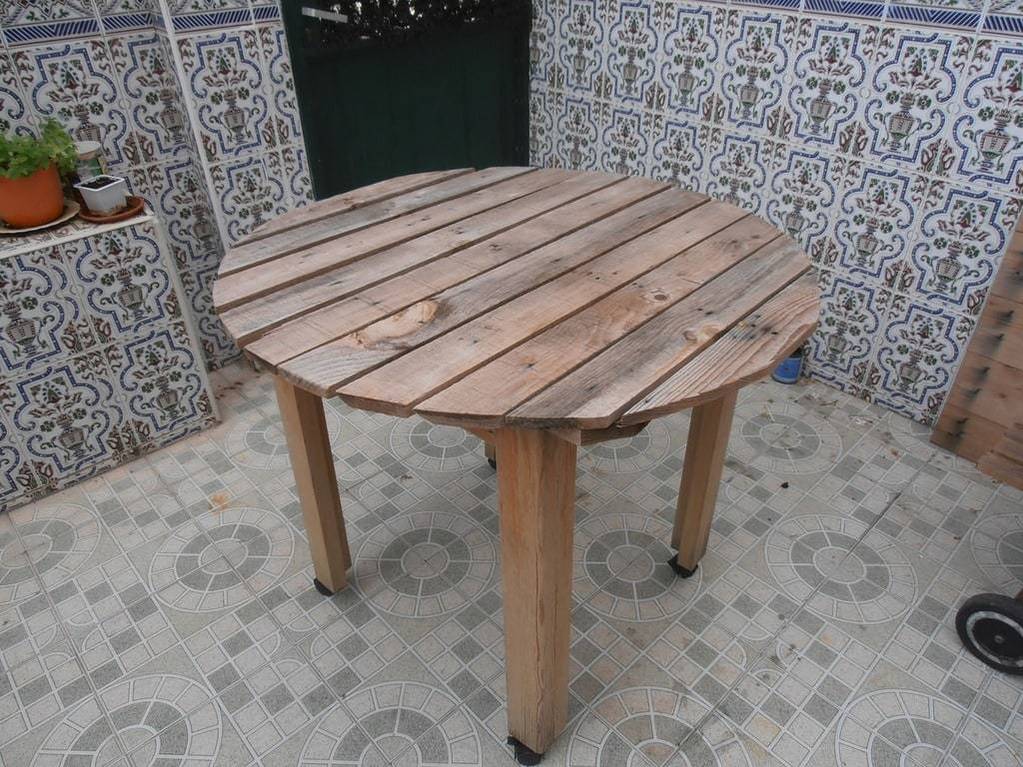
Sustainable materials for eco-friendly renovations
Renovating a home with sustainability in mind is not just a trend; it’s a vital shift towards reducing our environmental footprint. As the world becomes more aware of the impact of traditional building materials, the demand for eco-friendly alternatives continues to grow. This shift is driving innovation and the availability of sustainable materials for renovations, making it easier for homeowners to make environmentally conscious choices.
Innovative Sustainable Materials for Eco-Friendly Home Renovations
In recent years, several materials have emerged that promise to reduce the environmental impact of home renovations. These materials are designed not only to be more environmentally friendly but also to perform as well as, if not better than, their conventional counterparts. From recycled resources to natural products, the range of options is extensive.
One of the most promising materials is bamboo. Bamboo grows extremely quickly, making it a highly renewable resource. It is durable, versatile, and can be used for flooring, cabinetry, and even structural elements. Its rapid growth rate means that it can be harvested frequently without causing significant harm to the environment.
Recycled materials are also gaining traction. For instance, recycled steel is being used for structural elements in homes. The production of recycled steel uses significantly less energy compared to producing new steel from iron ore. This not only conserves natural resources but also reduces greenhouse gas emissions.

Eco-Friendly Flooring Options
Flooring is a major component of any renovation, and there are several sustainable options available. Cork flooring, made from the bark of cork oak trees, is an excellent choice. The harvesting process does not harm the trees, allowing them to continue growing and absorbing carbon dioxide. Cork flooring is also durable, comfortable, and has natural insulating properties.
Another popular option is reclaimed wood. Reclaimed wood flooring gives new life to old timber, reducing the need for fresh lumber and preserving forests. Each piece of reclaimed wood is unique, adding character and history to any home.
Insulation and Energy Efficiency
Proper insulation is key to an energy-efficient home. Traditional insulation materials often contain harmful chemicals and have high embodied energy. Fortunately, there are eco-friendly alternatives such as sheep’s wool and cellulose insulation. Sheep’s wool is naturally fire-resistant, non-toxic, and provides excellent thermal and acoustic insulation. Cellulose insulation, made from recycled paper, is treated with non-toxic fire retardants and is an effective way to insulate walls and attics.
Here are some of the top sustainable materials for eco-friendly renovations :
- Bamboo: fast-growing and versatile, used for flooring and structural elements.
- Recycled steel: energy-efficient and reduces the need for new steel production.
- Cork flooring: harvested sustainably, durable, and provides natural insulation.
- Reclaimed wood: reduces demand for new lumber, adds unique character to homes.
- Sheep’s wool insulation: natural, non-toxic, and highly effective.
- Cellulose insulation: made from recycled paper, eco-friendly and efficient.
Sustainable Paints and Finishes
Conventional paints and finishes can emit volatile organic compounds (VOCs), which are harmful to both human health and the environment. Choosing low-VOC or zero-VOC paints can significantly improve indoor air quality. Natural paints made from ingredients such as clay, milk protein, and plant oils are also available and provide a safe, eco-friendly alternative.
Additionally, using natural oil finishes for wood surfaces can protect and enhance the beauty of wood without the use of synthetic chemicals. These finishes penetrate the wood, providing a durable surface that can be easily maintained and refreshed.
Water Conservation and Sustainable Landscaping
Water conservation is another critical aspect of sustainable renovations. Installing low-flow fixtures, such as faucets, showerheads, and toilets, can greatly reduce water usage. Rainwater harvesting systems can collect and store rainwater for landscape irrigation, reducing the demand on municipal water supplies.
In landscaping, choosing native plants that are adapted to the local climate can reduce the need for water, fertilizers, and pesticides. Permeable paving options allow rainwater to filter through the ground, reducing runoff and promoting groundwater recharge.
The Future of Sustainable Home Renovations
As technology advances, the options for sustainable home renovations will continue to expand. Innovations such as solar tiles, green roofs, and smart home systems are becoming more accessible and affordable, making it easier for homeowners to adopt eco-friendly practices. Embracing these materials and technologies not only benefits the environment but also enhances the quality and value of homes.
Adopting sustainable materials for eco-friendly renovations is a powerful step toward a greener future. By choosing renewable, recycled, and non-toxic materials, homeowners can reduce their environmental impact while creating healthier, more efficient living spaces. The growing availability and diversity of sustainable materials make it possible to achieve beautiful, functional, and environmentally responsible renovations.

